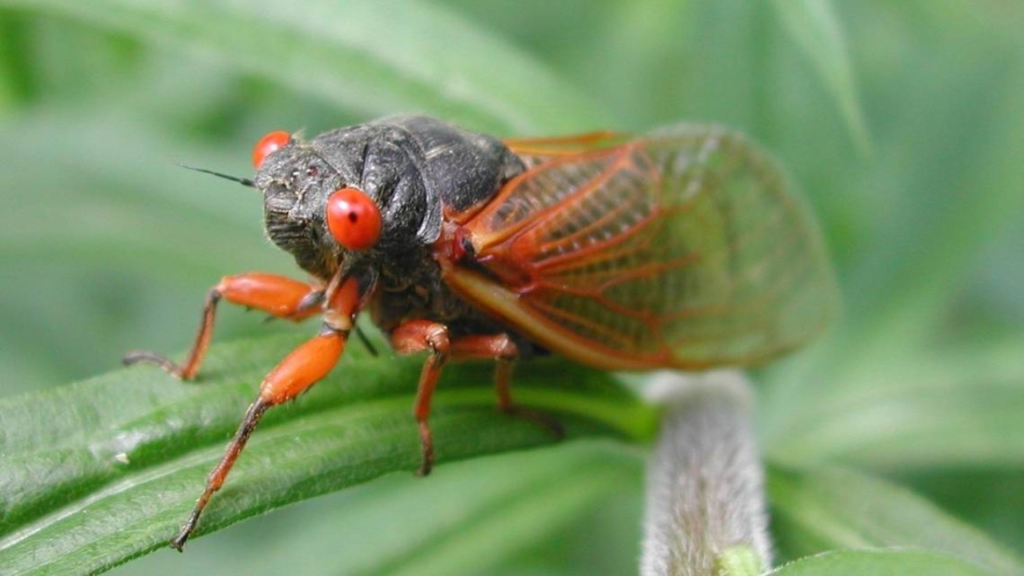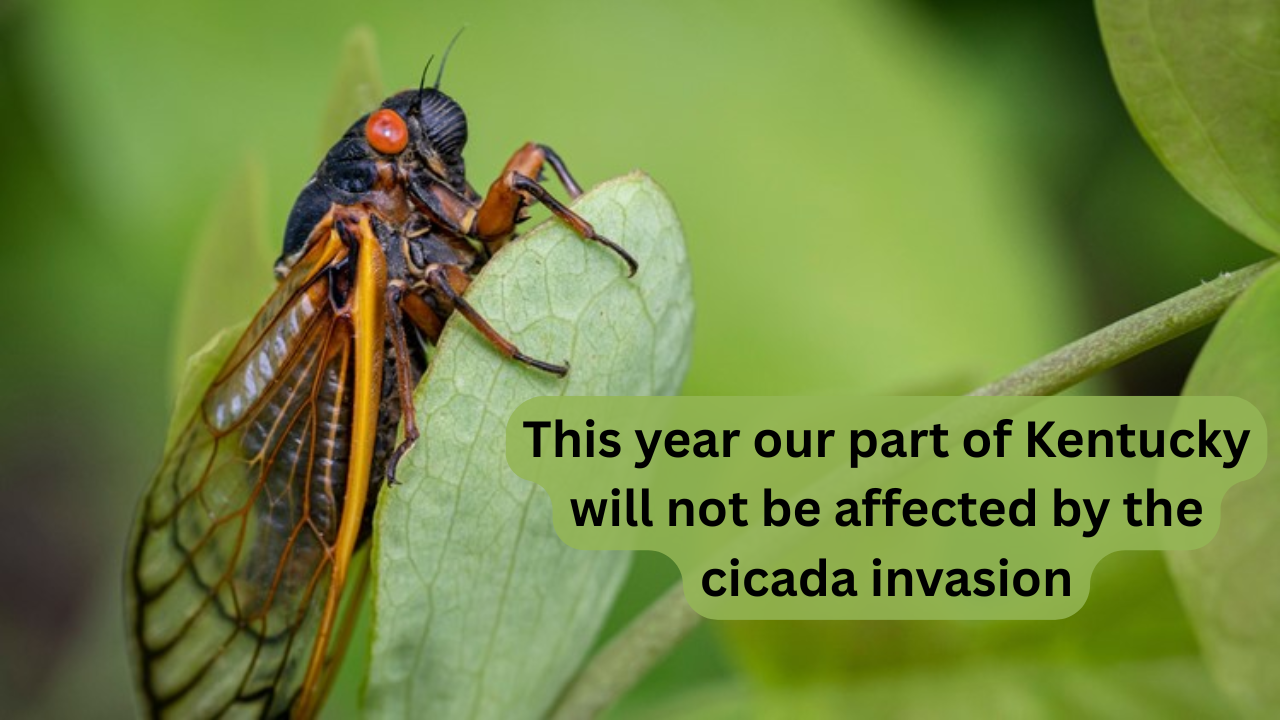As the season shifts to spring, many Kentuckians are wondering whether they will experience the return of the famous 17-year cicadas. These loud, buzzing insects are known for their dramatic, once-in-a-generation invasions that capture the attention of residents and wildlife alike. However, for much of central and eastern Kentucky, this year’s cicada invasion will not make an appearance. Instead, Kentucky will be in the spotlight in 2025, when Brood XIV, also known as the “Bourbon Brood,” will emerge for the first time in 17 years.
What’s Happening This Year?
Unlike previous years when certain regions of Kentucky experienced significant cicada activity, 2024 will be relatively quiet when it comes to cicadas. The state will not witness the emergence of periodical cicadas, which are a group of insects that emerge in cycles, often in massive numbers. These insects spend most of their lives underground, maturing over a period of 17 years, before emerging as adults to mate and lay eggs.
However, this peace will only last for so long. Central and eastern Kentucky will be at the center of attention in 2025 when Brood XIV makes its highly anticipated return. This group of periodical cicadas last emerged in 2008 and is scheduled to emerge in the coming year, bringing a dramatic and noisy spectacle to the state.
What Is Brood XIV?
Brood XIV is a specific group of periodical cicadas that follows a 17-year cycle. In 2025, these cicadas will emerge from the soil, where they have been developing as nymphs for nearly two decades. Once they surface, their primary objective will be to mate, ensuring the survival of the next generation. Brood XIV is one of several broods of periodical cicadas found across the United States, but it is particularly notable because of the large area it covers in Kentucky.
These cicadas are distinctive, with their dark, black bodies, bright red eyes, and large wings. While they can be overwhelming due to their sheer numbers, they are harmless to humans and most plants. Their primary purpose is reproduction, and once the mating season concludes, the adult cicadas will die off, leaving their eggs to hatch and the next generation of nymphs to start their long subterranean life.
When Will Brood XIV Appear?
The emergence of Brood XIV is expected to occur during late April to early May 2025, with the cicadas staying active until about mid-June. The exact timing will depend on the weather, particularly the soil temperature. Cicadas need the soil temperature to reach approximately 64°F (18°C) to trigger their emergence. This means that the peak of activity could vary depending on the region, but central and eastern Kentucky will see a dramatic increase in cicada activity.
For those eager to track the emergence, local weather stations and the University of Kentucky’s entomology department will offer updates on the cicadas’ progress. Additionally, the Cicada Safari app will allow residents to report sightings and monitor the spread of Brood XIV as it moves through the state. This citizen science project helps researchers track the cicadas’ activity, providing valuable data about their behavior and distribution.

Why Is the Cicada Emergence So Significant?
The return of Brood XIV is a significant event for both entomologists and the general public. Periodical cicadas have fascinated scientists for centuries, due to their predictable cycles and their ability to emerge in synchrony across large areas. Their emergence is considered one of nature’s most remarkable phenomena, and the sheer volume of cicadas can be overwhelming. In some areas, the cicadas can number in the billions, creating a cacophony of sound that can be heard for miles.
While the cicadas’ presence may cause temporary disruption, they are an important part of the ecosystem. Their mass emergence provides a food source for many animals, including birds, mammals, and amphibians. Additionally, once the cicadas die off, their decaying bodies enrich the soil, benefiting plants and trees. This natural cycle is an essential part of Kentucky’s biodiversity.
How Can Kentuckians Prepare?
For residents of Kentucky, 2025 will bring a unique experience. While the cicadas are not harmful, their presence can be overwhelming. The noise they produce is loud, often reaching up to 100 decibels, which is equivalent to the sound of a chainsaw. In areas with a particularly dense population of cicadas, the buzz can be nearly constant for weeks.
Homeowners can prepare by ensuring that windows and doors are tightly sealed, as the cicadas are known to fly toward light and can easily make their way inside. Residents can also cover garden plants with netting to protect them from the insects, although cicadas do not typically cause significant damage to plants. Since cicadas do not sting or bite, they pose no direct threat to humans.
final thought
While 2024 will be a quieter year, the anticipation for 2025 continues to grow. The emergence of Brood XIV will be a rare opportunity to witness one of nature’s most fascinating phenomena. The spectacle of billions of cicadas emerging from the ground is sure to be a memorable event for those in central and eastern Kentucky. Whether you’re a curious onlooker, a citizen scientist, or simply someone who enjoys the rhythms of nature, the cicada invasion of 2025 promises to be an unforgettable experience.

Pankaj Kumar is a skilled content writer at OTE News, focusing on breaking news, technology, and socio-political developments. With a background in Mass Communication, he brings a balanced perspective to his articles, ensuring clarity and reliability. Pankaj has a knack for simplifying complex topics for readers.
In his free time, he enjoys photography, traveling, and experimenting with new cuisines. His curiosity and dedication to truthful reporting make him a valuable contributor to OTE News.




